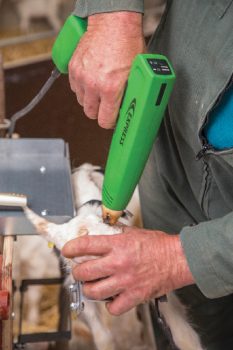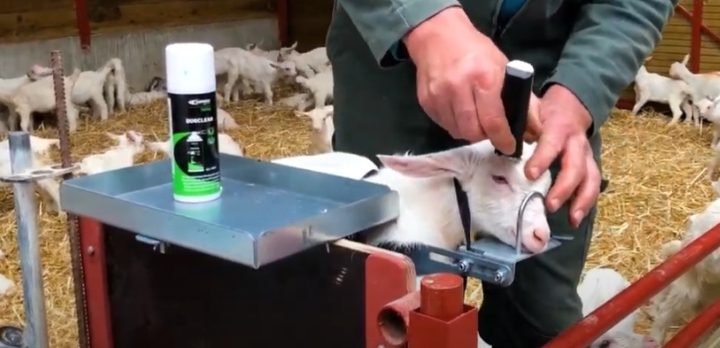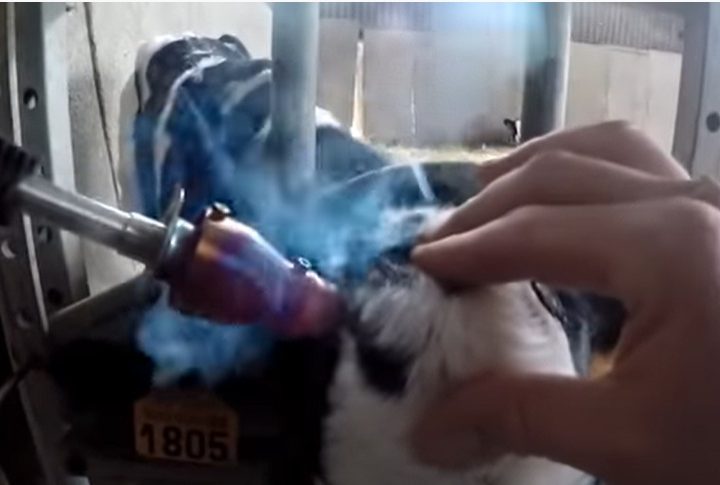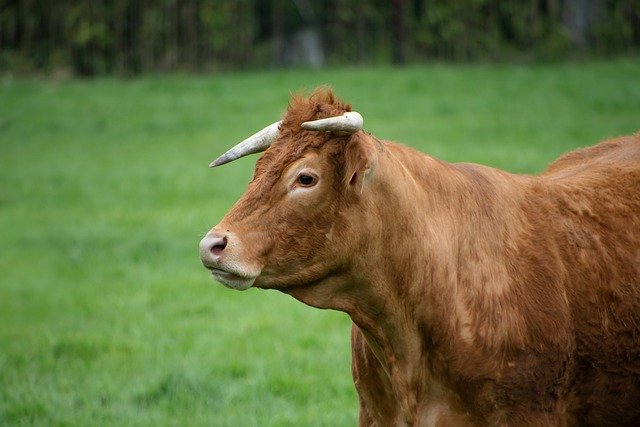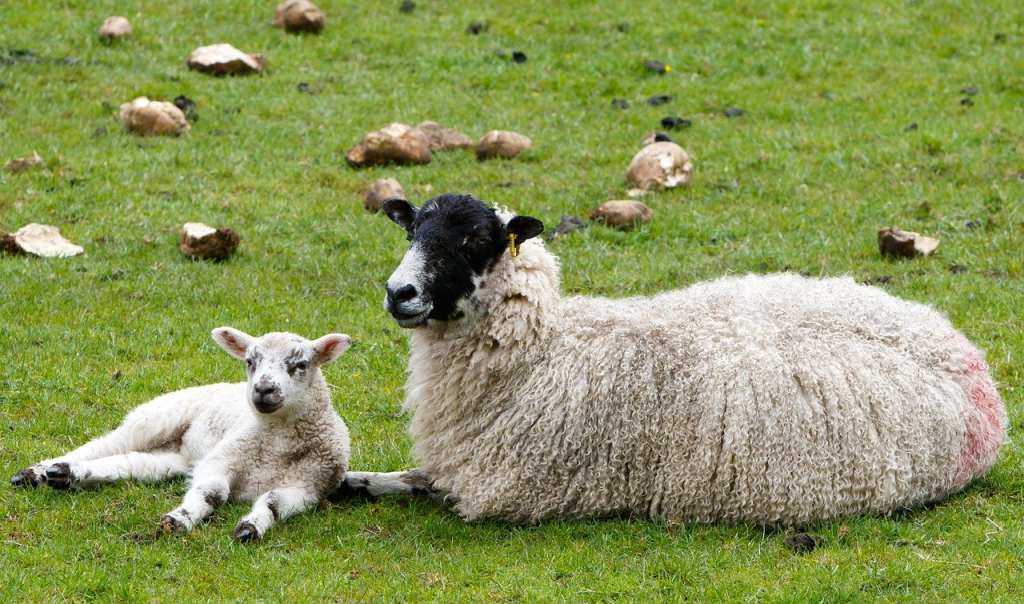
The restraint cage for the dehorning of calves allows the farmer to work in good conditions. It is faster and more precise, and thus reduces the stress and pain caused to the animal. The restraint cage is also a guarantee of safety. Thermal dehorning is the most effective method, but it generates heat. With an animal that cannot move, you avoid any risk of accidental burning, as well as contact with the straw if you carry out the procedure in the stall. Here are the criteria for choosing your restraint cage.
The doors of the restraint cage
The farmer’s first task is to get the calf into the cage. The choice of centre-clamped doors, either manual or automatic, is preferable to the guillotine door, which may deter the animal from entering the cage and may also present a risk of injury and strangulation in the event of a fall.
Walls and floor
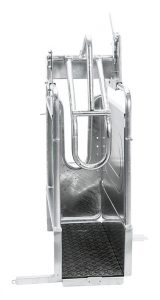
With adjustable walls, the breeder can adjust the cage to the size of the animal. Held properly, he is not tempted to turn around. When the walls are solid, the calf is also better held and moves less than if it sees open sides that encourage it to try to escape.
The rear door must be fitted with a locking device to prevent the animal from backing out. The floor must be non-slip to prevent slipping or falling, especially when the weather is wet and the hooves muddy. It can be made of embossed steel or rubber.
Keeping the animal inside the restraint cage
Once enclosed in the restraint cage, the calf must be held firmly. A gallows allows you to hang the halter. The device for holding the head shall be adjustable according to the size of the cattle. U-shaped, sometimes V-shaped, it keeps the head at the right height and prevents it from moving vertically and laterally.
Some cages are fitted with a chute for holding the calf’s nose, with straps, to make it more stable. It can also be a simple steel ring, placed on the lower part and adjustable in height.
Underbelly straps keep the calf upright and prevent it from sagging.
The top of the restraint cage
The top of the restraint cage must be fitted out so that the farmer can place his veterinary products and his thermal dehorner. Some cages even have a wire brush built into the top to clean the dehorning iron between two dehornings.
Transportation
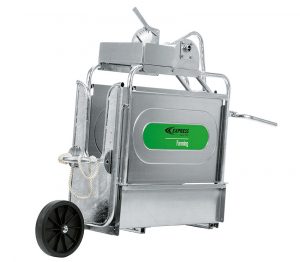
Side bars, protruding from each side of the cage, increase its reach and reinforces its stability.
The restraint cage can be completely dismantled to take up as little space as possible when transported in a van.
The solid-walled corridor
To facilitate access to the restraint cage, it is recommended to use a corridor with solid walls to prevent the calf from escaping. The corridor can be straight, but it is best to end at a right angle, so that the calf does not see the cage until the last moment.
To calm the animal, the presence of its peers on the side of the exit from the cage is recommended.


